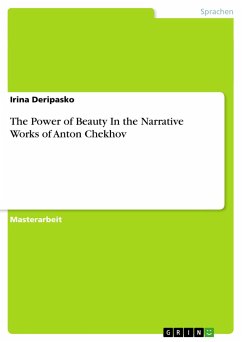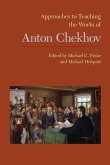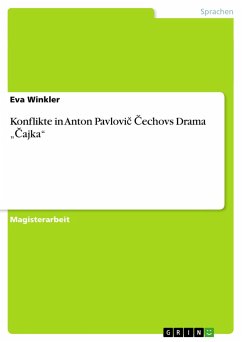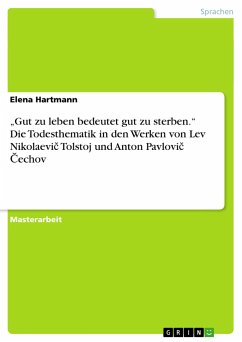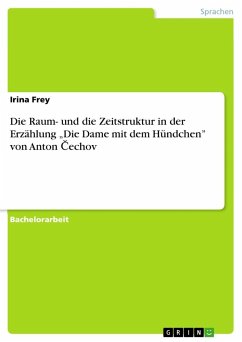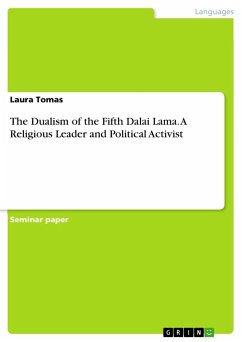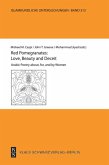Masterarbeit aus dem Jahr 2013 im Fachbereich Russistik / Slavistik, Justus-Liebig-Universität Gießen, Sprache: Deutsch, Abstract: In 2011, Catherine Hakim, a Professor of Sociology from the London BusinessSchool, presented a theory about erotic capital being a fourth personal asset alongsideeconomic, social and cultural capital. In her book, Hakim demonstrates the economicand personal advantages of being an attractive person. Professor of Law, DeborahRhode, and Professor of Economics, Daniel Hamermesh, also published books entitledBeauty Bias and Beauty Pays in the same year; the books discuss the advantages anddisadvantages of being beautiful or ugly. Since human beauty has been a critical andpopular subject for centuries, and includes the issues of worshiping or denying beauty,the cult of ugliness or beauty and the importance or superficiality of beauty, I decided toinvestigate the theory of erotic capital in classic Russian literature, specifically the narrativeworks of AntonChekhov. I have chosen 26 short stories with either a female titlecharacter or a woman protagonist.As many literary works concerning women show their weakness, powerlessnessand desperate situation, my thesis focuses on the advantages of being a woman as wellas why it is a privilege. I analysed the narrative works of Chekhov through the sociologicaltheories of Catherine Hakim and Pierre Bourdieu, while also using the works ofliterary scholars, Mikhail Bachtin and Jurij Lotman.Following the analysis, I divided all the women characters according to their appearanceinto two categories: Ladies and Peasant Women. There were numerous differencesbetween these categories of women ranging from how they act, look and sound tohow they are treated. If the ladies lived in a world of beauty and love, the peasant womenexisted in a world of ugliness and sex. Their level of power over men also differs: theladies had more power and privilege, and the men catered to their every whim but thepeasant women were physically and mentally abused, had little influence over men-ifthey did, it was mostly sexual-and received no financial reward, even if they possesseda high level of social and physical attractiveness.Besides appearance, what distinguishes a lady from a peasant woman is her culturalcapital: the combination of education, intelligence, good manners, an understandingof art and culture, and ethical values. Only cultural capital makes a lady out of apeasant woman. [...]

